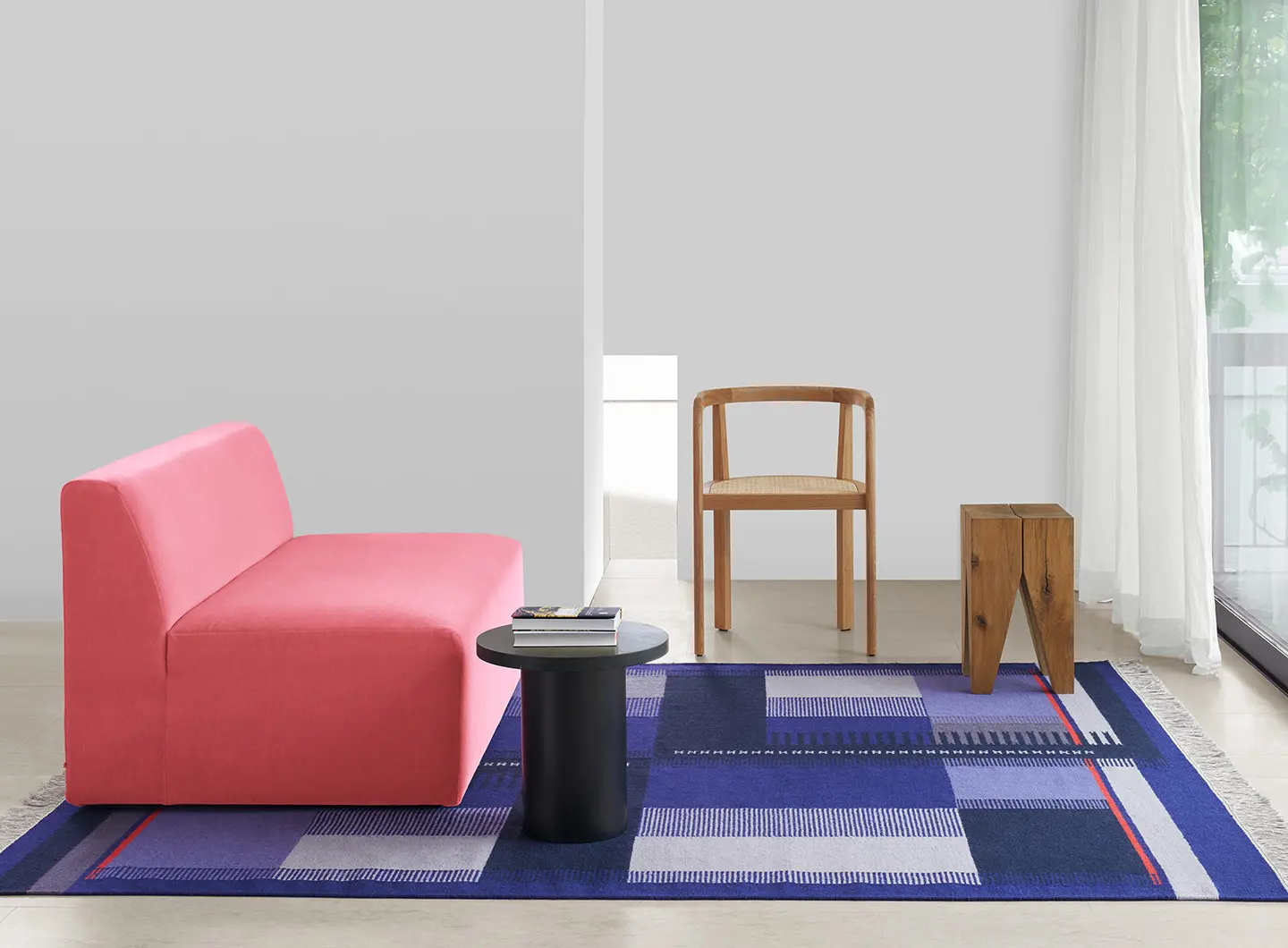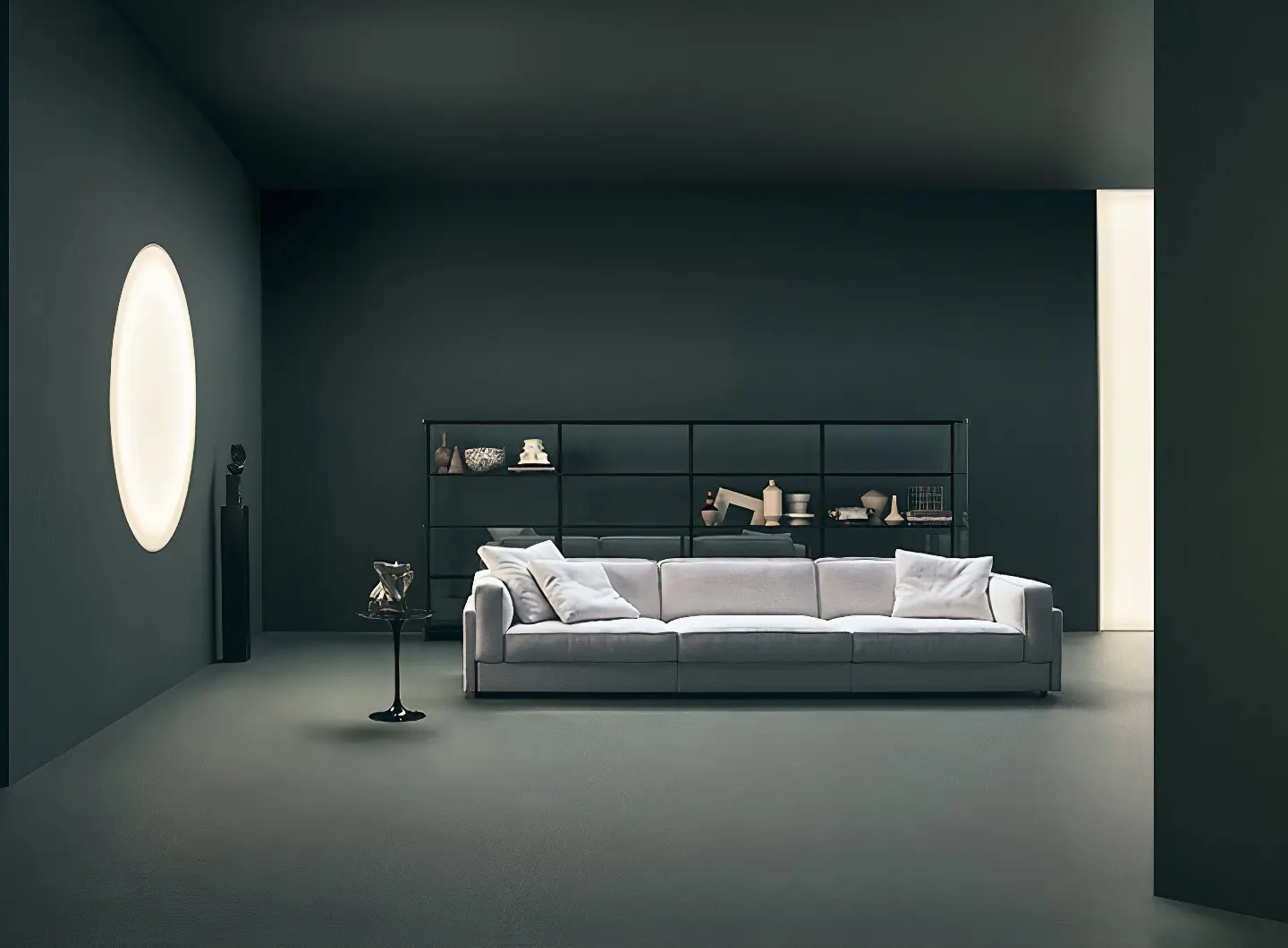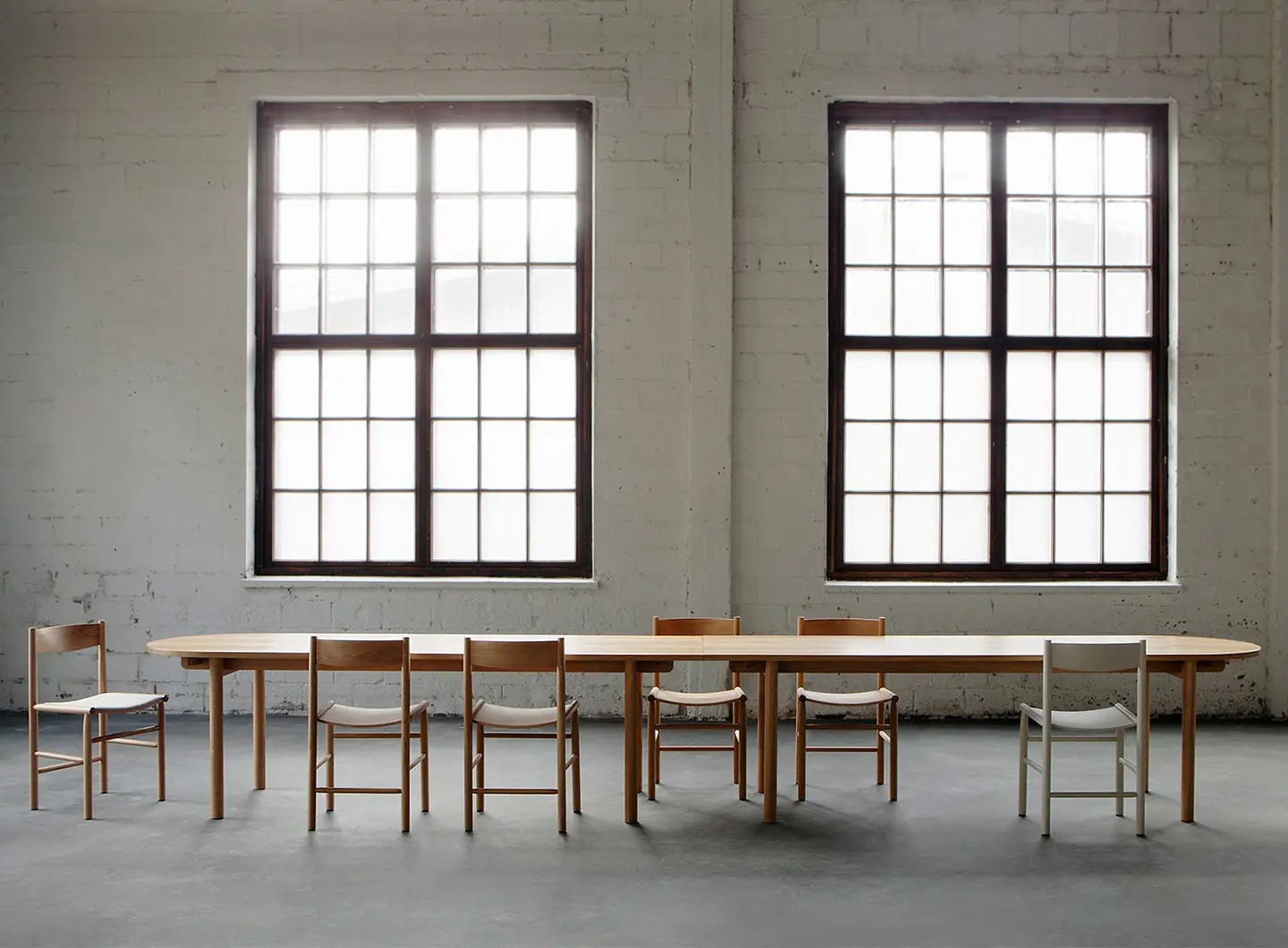From BIG to David Chipperfield, Frank Gehry to Snøhetta: a world tour of the best buildings set to open in 2026
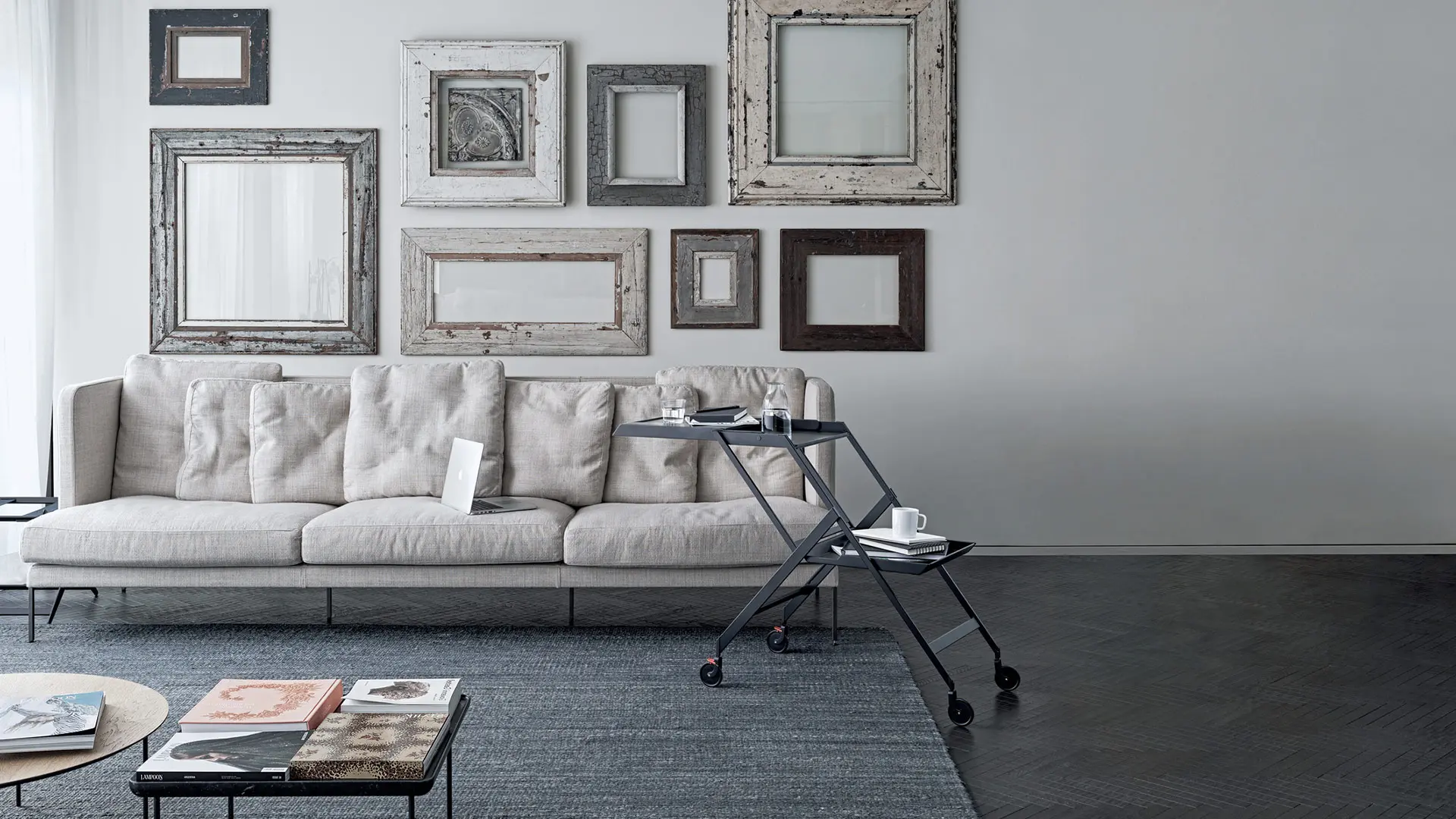
Plico, Alessi
New sources of inspiration, or when fashion finds expression in living rooms and iconic objects of the past make a comeback.
A signal that seems impossible to underestimate comes from the fashion world, and this is a paean, sometimes also a reaction, to the new diktat that “disorder is the new order.” On one hand, there is a mixture of fabrics, references, styles, hours of the day, genders, parts of the home, as seen on the catwalks, and on the other some manufacturers are responding more challengingly with new forms of austerity, a tendency towards monochrome (no matter how multi-material) and a sophisticated choice of materials. Basically, a total refutation of street style. Several leading art directors in particular, such as Antonio Citterio, Piero Lissoni and Rodolfo Dordoni, are thinking along these lines.
Another point of contact between fashion and design clearly consists of botanical inspiration. Those stunning gardens that make clothing, hats and shoes “blossom” in fashion, decorating the walls of sets for interior design photoshoots. When it comes to products, this phytomorphic approach brings with it a return to all those natural materials that range from cane to wicker to raffia, woven with skill, the “synthetic” versions of which are used outdoors while the natural versions are used in verandas and living rooms.
Designed by Massimo Castagna for Exteta, the upholstered collections – including the wicker-framed upholstered Jungle Collection and Rossiccio pouffe - are a case in point. Christophe Pillet’s use of paper cord and rush, contrasting with a spare stainless-steel structure for his Echoes chairs for Flexform is also interesting.
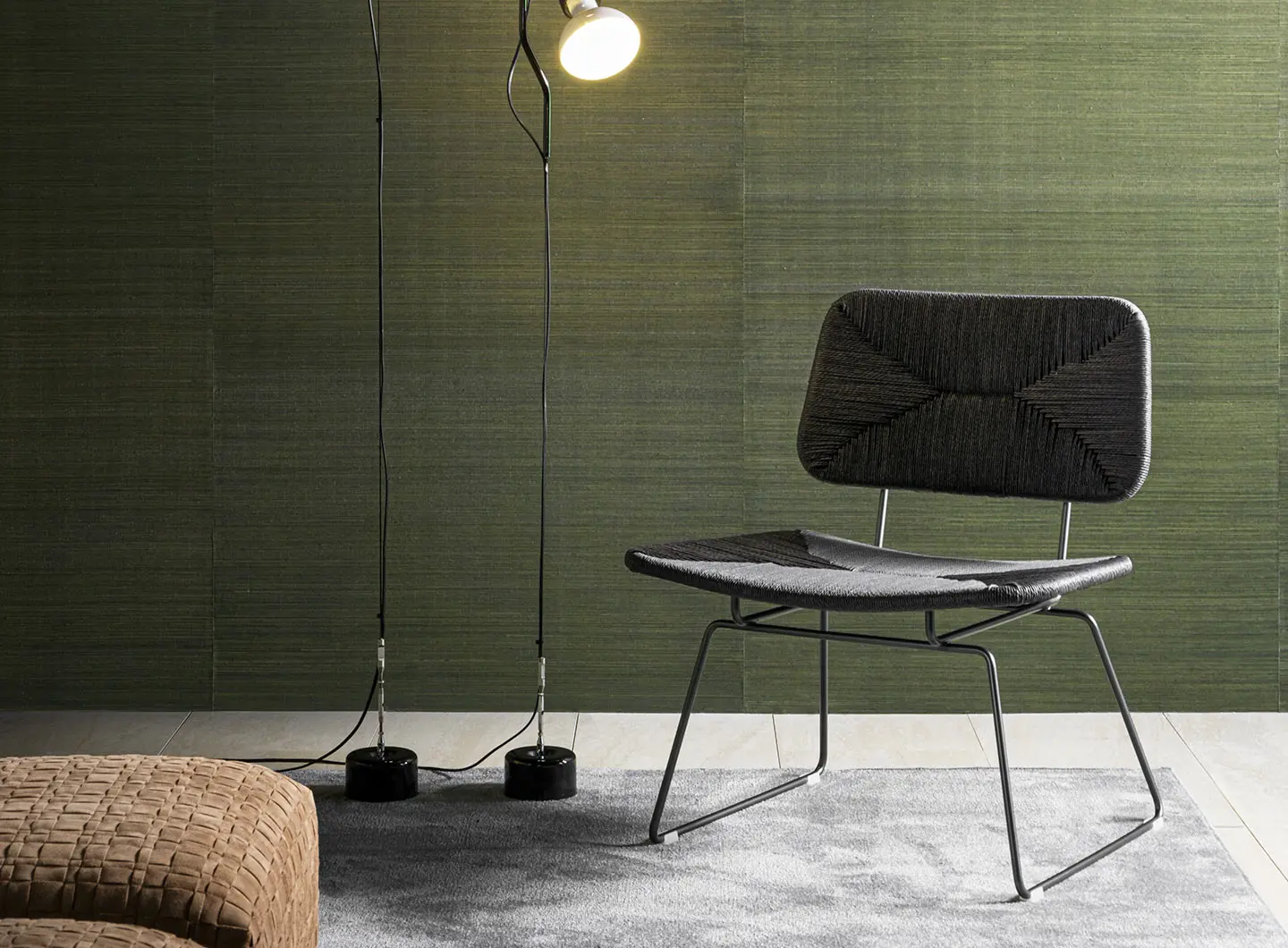
Echoes, design by Christophe Pillet, Flexform
Patricia Urquiola leverages the concept of dressmaking, and certain technical garments such as anoraks, in particular, in her new swivelling armchair design for Cappellini: named Lud’o, in honour of Ludovico (known to all as Vico) Magistretti, with removable, easily changed padded covers, which attach to the frame with Velcro. When it comes to semi-finished products, the new Helia bouclé upholstery fabric conceived by Raf Simons for Kvadrat has to be flagged up, reprising the diktats of haute couture and referencing Astrakhan fur.
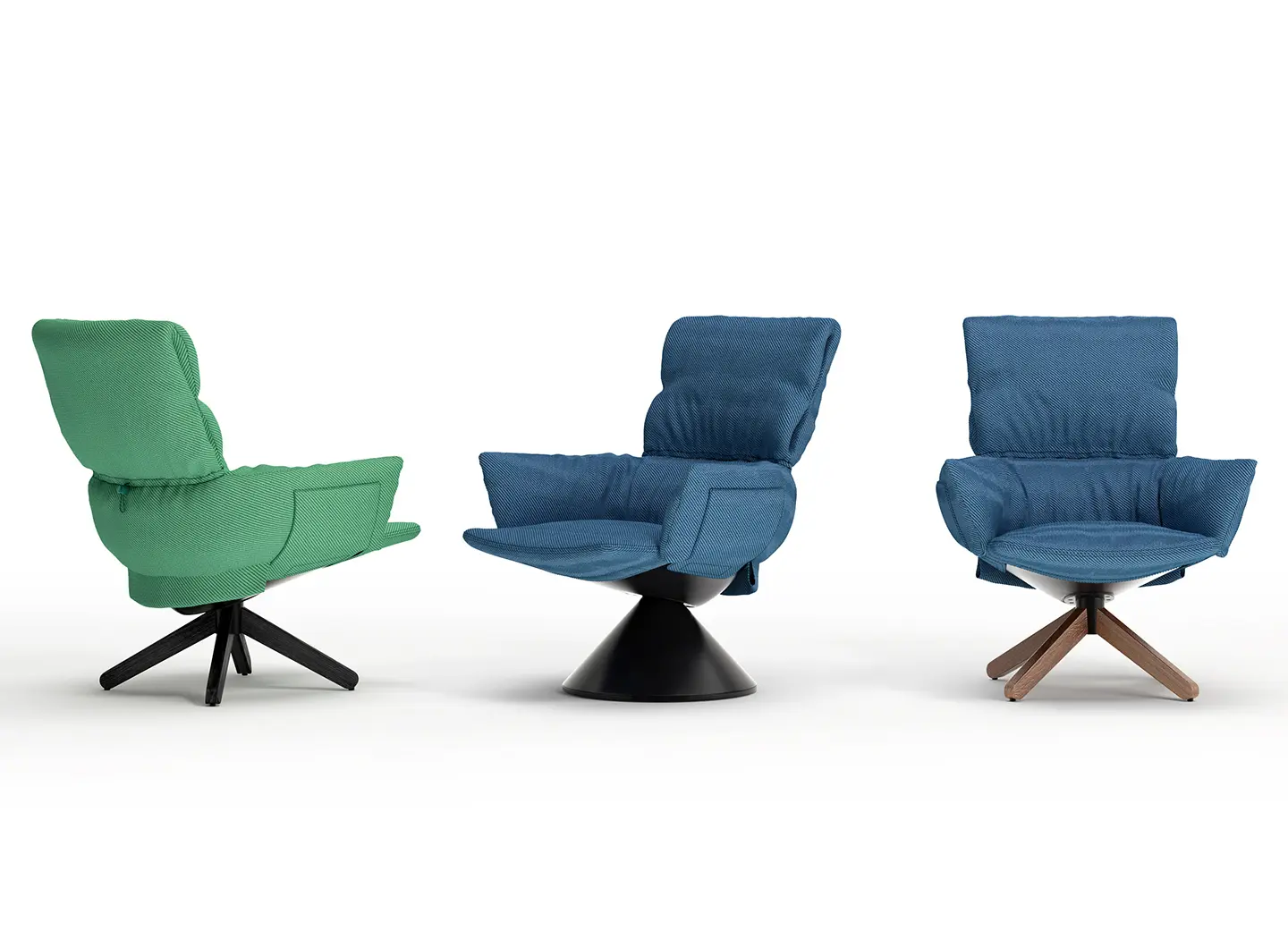
Lud’o, design by Patricia Urquiola, Cappellini
There is a general trend towards the production of good quality objects, destined by default to last well over time. In this sector, there is a very specific and increasingly crowded niche for pieces designed in the past. These also boast a physical ability to “survive,” demonstrating that iconic objects are, by definition, impervious to the passing of time and fashion. Furnishing projects are increasingly fuelled by nostalgia. However, when the vogue for re-editions first emerged, nostalgia channelled a very precise timeframe and geographical area, but it now appears to be fairly distributed. This means that we are seeing the return of pieces by the masters of Italian design – the Kyoto coffee table, that masterpiece of cabinetry from Poltrona Frau, originally made by Pierluigi Ghianda and designed by Gianfranco Frattini in 1974; and while on the subject of superlative cabinet-making, the extraordinary and anomalous talent of Carlo Mollino is being brought back under the spotlight, with a number of pieces from Zanotta. Tato is continuing with the reissue of pieces designed by Ignazio Gardella for the unforgettable Azucena (see, this year, the small Stand table from 1952). Acerbis (MDF Group) is showcasing the Jot chair, designed by Giotto Stoppino in 1976, and the Plico trolley, also from 1976, originally designed by Richard Sapper for Bilumen, is back in production with Alessi.
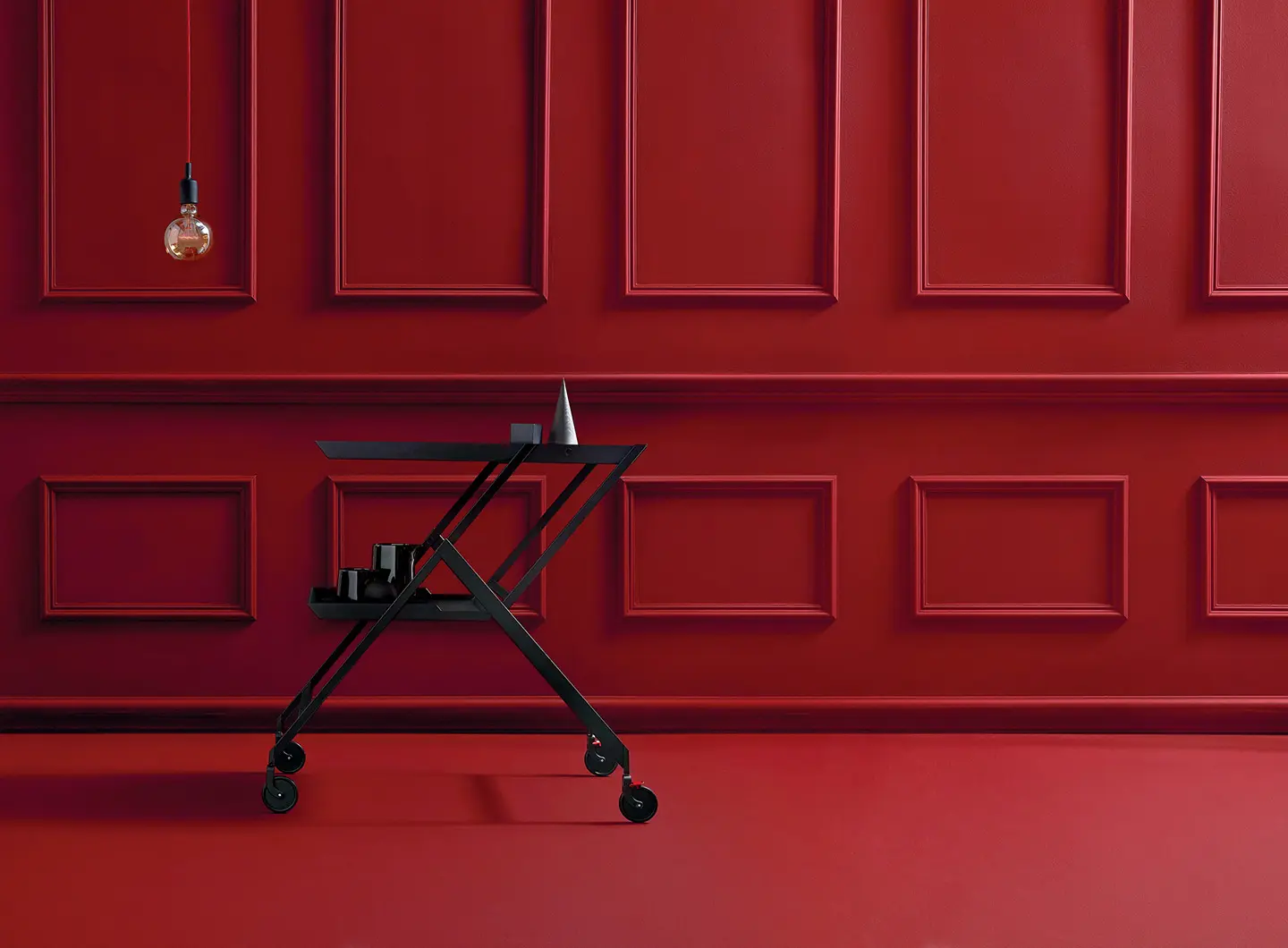
Plico, design by Richard Sapper, Alessi
Carl Hansen & Son is continuing its re-launch of the Danish master Børge Mogensen: the enormously sophisticated BM0488 bench, made of solid oak with a double woven cane top is worthy of note.
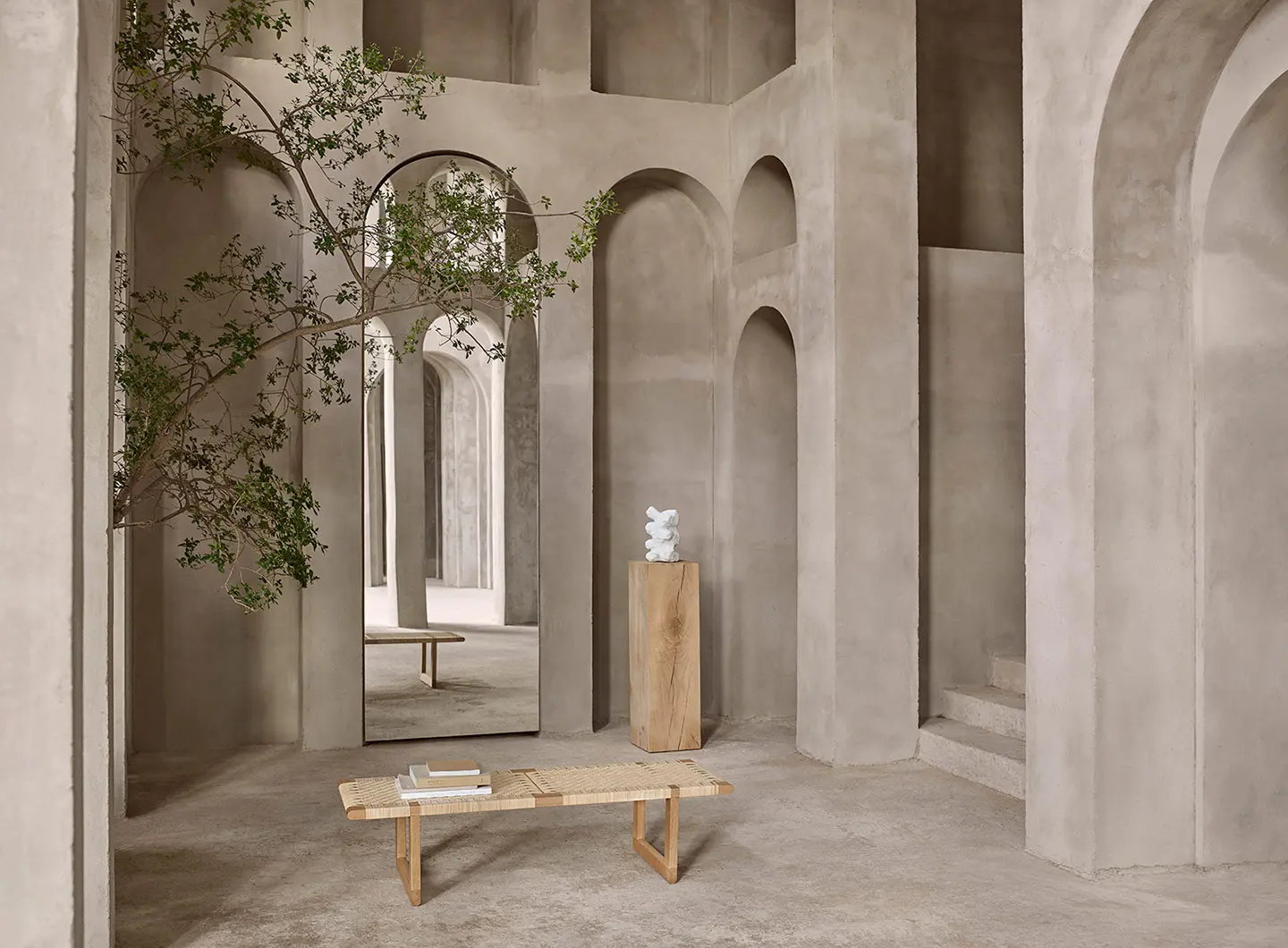
BM0488, design by Børge Mogensen, Carl Hansen & Søn
However, more neglected designers are beginning to resurface, thanks to careful study and the sponsoring of archives; for example, the German e15 company has re-edited the Stuttgart tub chair and the Zet kilim designed by Bauhaus exponent Richard Herre, for his own home in around 1927.


 Stories
Stories
